EP42 On-Farm Solar 2.0
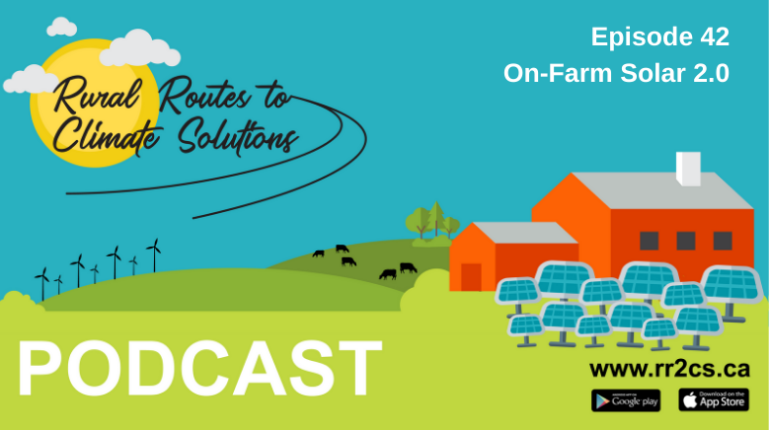
Podcast: Play in new window | Download
Subscribe: RSS
Cutting hay is not the only thing an agricultural producer can do these days when the sun is shining. A crash course in on-farm solar from A-Z with Lee Sinal of KCP Energy.
No-Till Farming for the Future — Jackson Homesteaders Farms Ltd., Strathcona County
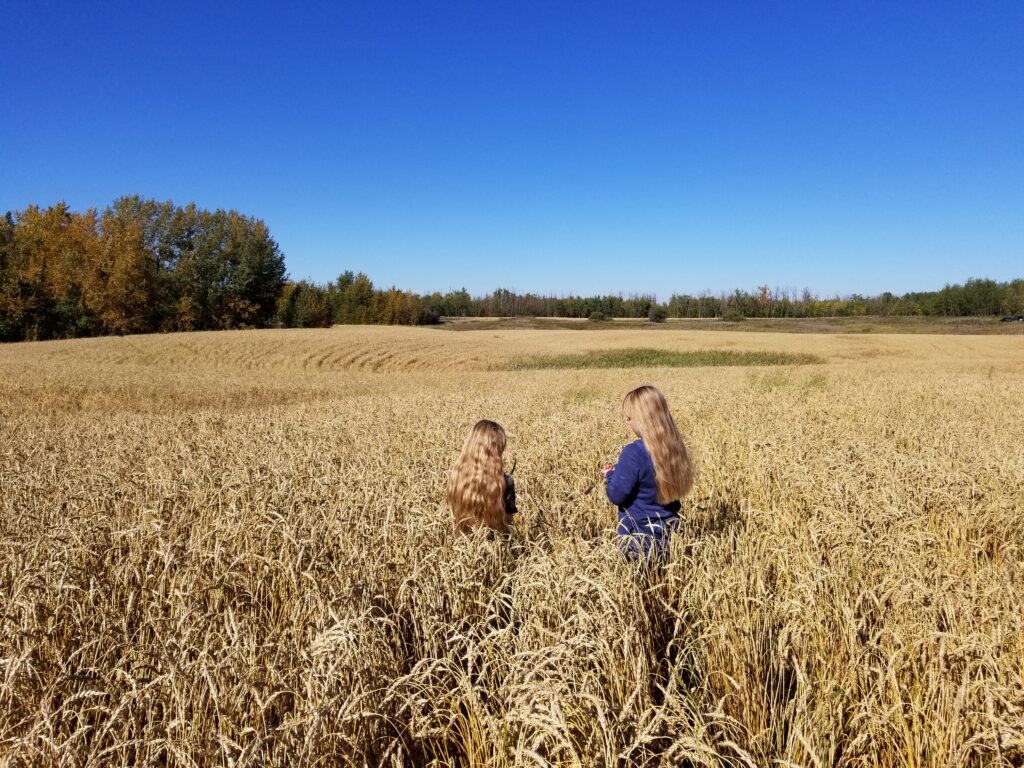
As a fourth generation grain and pulse farmer in Strathcona County, Colin Jackson has seen many changes to the way food is grown on the Canadian prairies. He grew up on the very land he stewards today with his wife, Laura, and their family. They run Jackson Homesteaders Farms Ltd., a multi-enterprise farm that resides on 180-acres of land, located north of Sherwood Park, Alberta. The Jacksons farm around 5000 acres (owned and rented) of grain and pulse production, manage a horse boarding operation, tend honeybee hives, run a community garden and care for a huge flock of ‘rescued’ chickens and ducks.
Building Soil, Healthy Ecosystems & Community – Tin Forest Farm – Wetaskiwin, AB
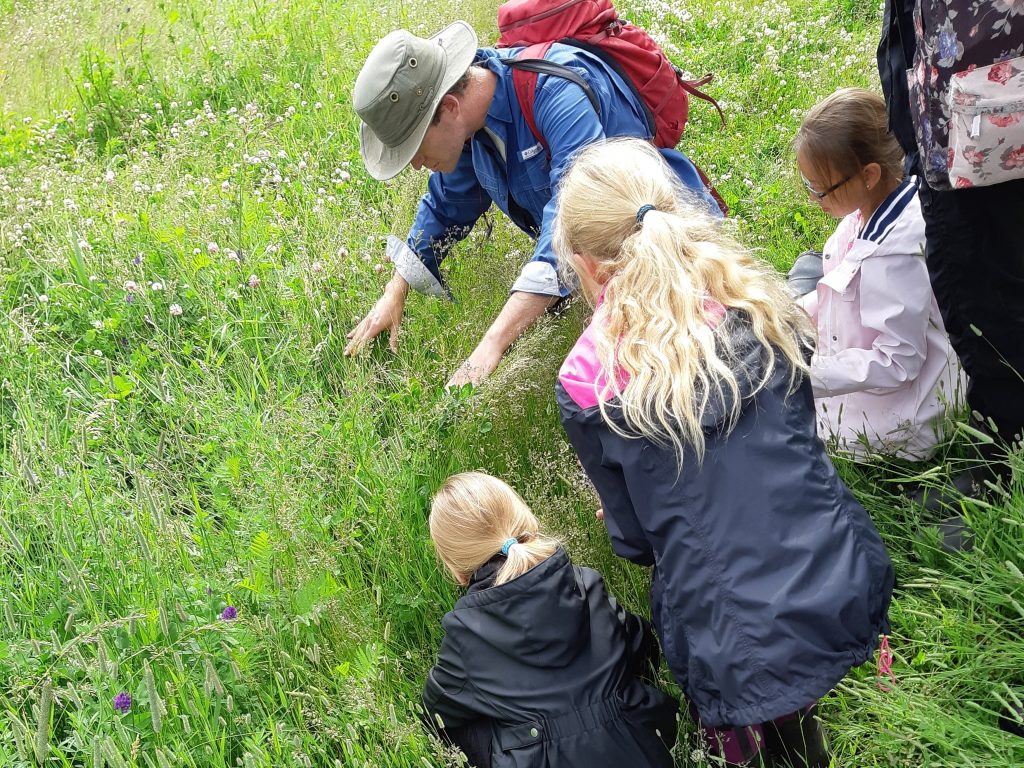
In their first year on the land, the Schambers planted 500 trees. The following year, they planted 3000. Today, they have over 8000 trees on their property. “The land was what fit our budget – it wasn’t the land of our dreams,” reiterates Alana. “But we’ve been working with the land to clean up the junk, reorganize, plant trees, encourage plant growth and make it the farm of our dreams.”
Over the past decade, the Schambers have helped to restore and rehabilitate Tin Forest Farm through regenerative farming practices, including rotational grazing, agroforestry, and fencing off sensitive riparian areas. The family raise grass-finished heritage beef and lamb, heritage chickens, honey bees, and sell hand-spun wool. In previous years, Alana organized an annual summer Kid’s Nature Camp and a Farm to Table community dinner at the farm. “Our goal is to get local food on the tables of local families,” says Alana.
Heritage Sheep Farming and Silvo-Pasture Management – Rhyant Rock Farm – Stony Plain, AB
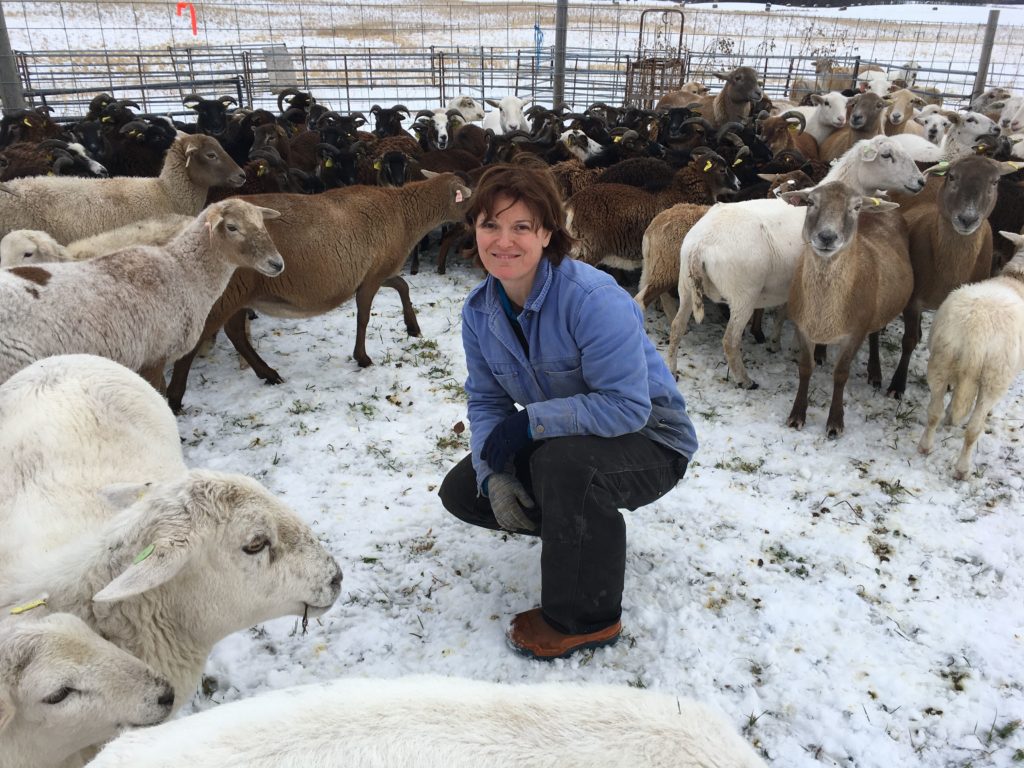
When I began to consider the risks for disease – which is very real in this day and age, look at COVID-19 for example – I became really interested in learning more about heritage breeds. There’s certain breeds that are more disease, or parasite resistant. There’s also mothering instincts and attributes of food quality. When you consider evolution, some breeds go extinct. But sometimes they lose popularity because they are smaller, or slower at production. I think as human beings we’ve gotten caught up with breeds that grow the fastest versus those that are of better food quality.
For me, I work off-farm, so I can’t be here 24/7 to lamb sheep, or getting up in the middle of the night and then going to my day-job and performing well. It was important to me to find breeds – American Soay and Katahdin sheep – that are able to look after themselves in the hours when I’m not here. With these breeds, lambing entails going out in the morning and evening and putting tags in the lambs’ ears. It doesn’t involve pulling lambs. It doesn’t involve 2 AM checks or anything like that.
Organic, Biodynamic & Biodiverse Farming – Sand Springs Ranch – Lac La Biche, AB
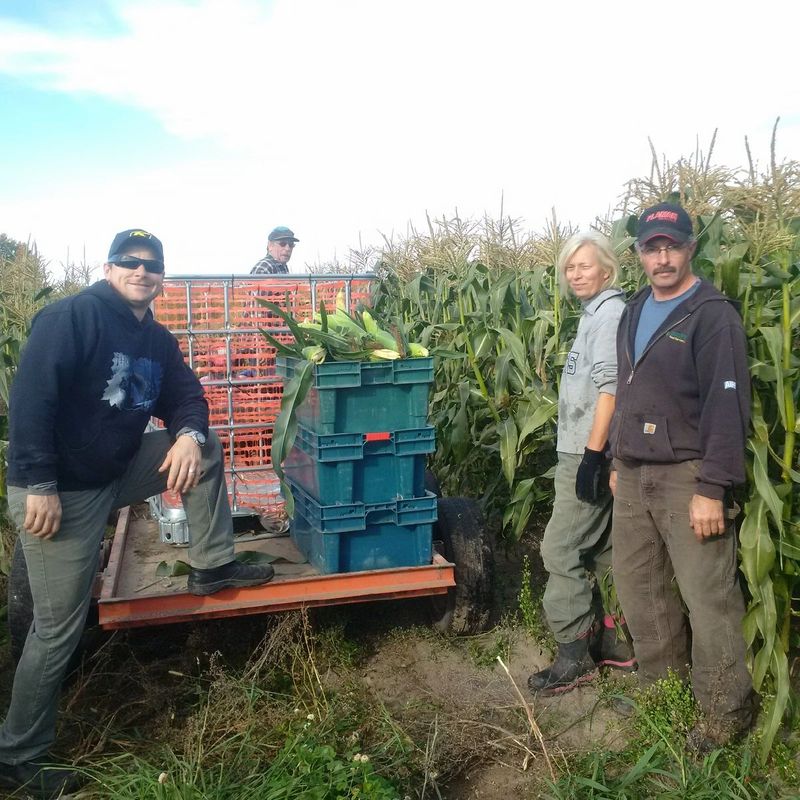
Janice and her husband, Ty Shelton, have been running Sand Springs Ranch, a certified organic operation, with a philosophy for biodiversity for over 35 years. They raise grass-finished beef, pasture-raised pork, and grow organic vegetables, and both table and seed potatoes in northeastern Alberta. “We are a small family farm. We consider ourselves small compared to the big guys.”
Biodiversity and diversification are at the heart of what the Sheltons do at Sand Springs Ranch, from relying on the unique skillsets of every family member to feeding their cattle a blend of hay from a variety of fields – all with different soil biology and nutrients – to diversifying their products and marketing strategies, to cultivating lesser known varieties of potatoes.
